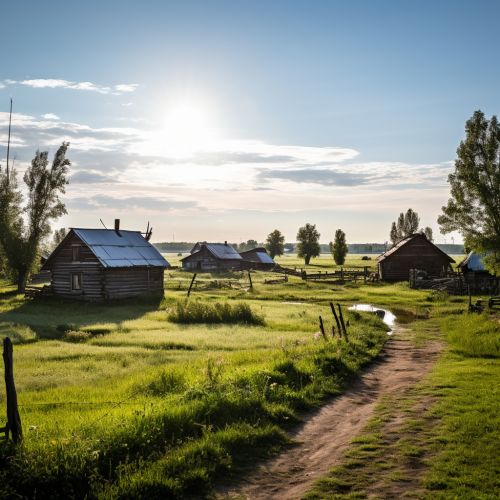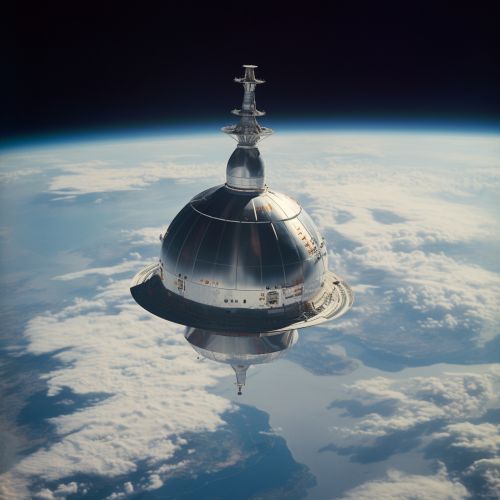Yuri Gagarin
Early Life
Yuri Alekseyevich Gagarin was born on 9 March 1934 in the village of Klushino, near Gzhatsk (renamed Gagarin in 1968 after his death), in the Smolensk Oblast, central Russia. His parents worked on a collective farm—collective farming being a prevalent form of agricultural practice in the Soviet Union.


Education
In 1946, Gagarin began his education at the age of 12 at the Gzhatsk Air Club, and later, in 1950, he was selected for further training at the Saratov Industrial Technical School, where he learned to fly with the club's light aircraft. His passion for aviation was ignited here, and he decided to pursue a career in the field.
Military Service
In 1955, Gagarin was drafted into the Soviet Armed Forces. He was sent to the First Chkalov Air Force Pilot's School in Orenburg, and upon graduation, he was commissioned as a lieutenant in the Soviet Air Forces on 5 November 1957.
Selection and Training for Space Travel
In 1960, after the successful launch of Luna 2, the first human-made object to reach the moon, Gagarin was among 20 pilots selected for the Soviet space program. The selection process was rigorous, focusing on psychological durability and physical characteristics. Gagarin stood out among his peers due to his proficiency in aircraft handling, his aptitude for technical knowledge, and his charismatic personality.
Vostok 1
On 12 April 1961, Gagarin became the first human to travel into space in the Vostok 1 spacecraft, completing one orbit of the Earth in 108 minutes. This mission marked a significant achievement in the Space Race between the United States and the Soviet Union, propelling the latter to a leading position.


Post-Flight Career and Death
Following his historic flight, Gagarin became an international celebrity, touring widely to promote the Soviet Union's achievement. However, Soviet officials, concerned for his safety, banned him from further spaceflights. On 27 March 1968, Gagarin died when the MiG-15 jet he was piloting crashed.
Legacy
Gagarin's contribution to space exploration and his status as the first human in space have left a lasting legacy. He is commemorated in numerous ways, including statues, street names, and the renaming of his hometown to Gagarin. His pioneering journey paved the way for subsequent manned space missions and marked a significant milestone in human exploration.
